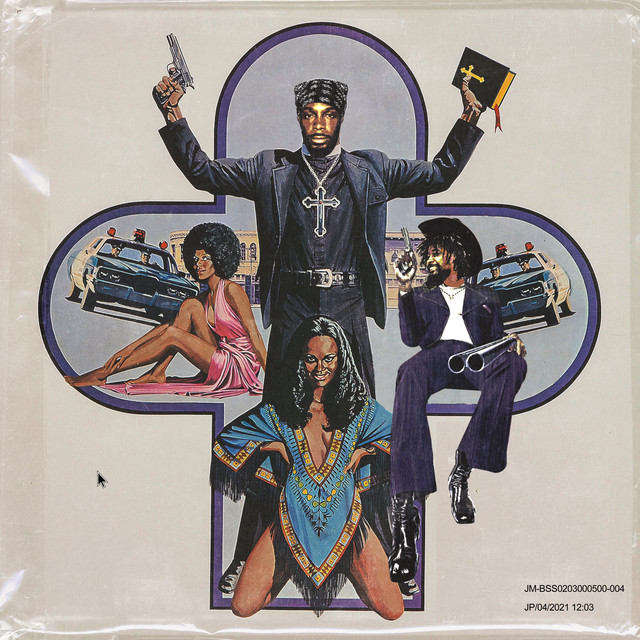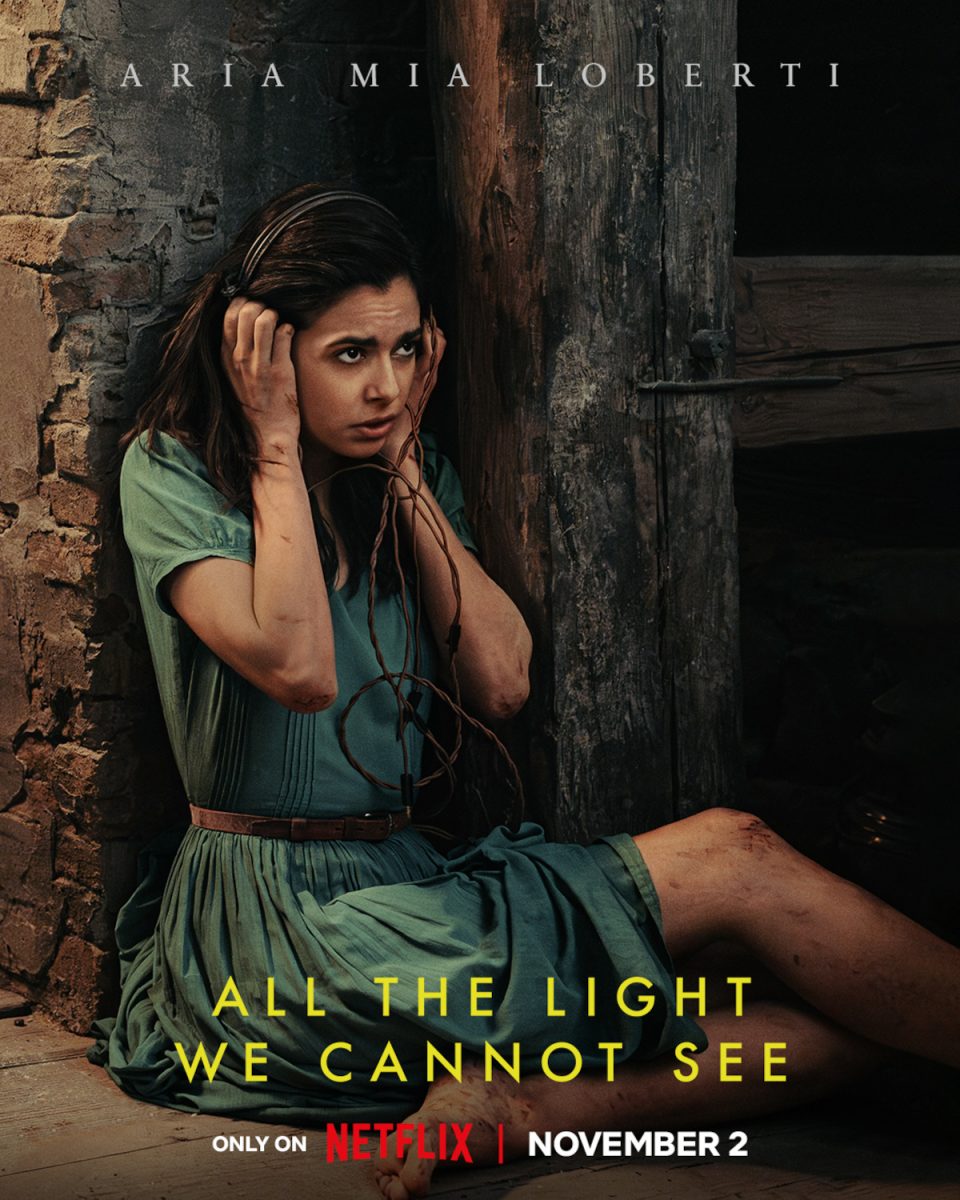A young woman in a sleeveless t-shirt with a wild, 1990s-grunge pony tail bangs her head. She jumps up and down on stage to the loud guitar and equally loud screams from the crowd. This is a video of a performance by Bikini Kill, a band that pioneered the riot grrrl movement. The video played at University of Michigan’s Lane Hall on Monday afternoon as an introduction to Sara Marcus’s lecture on riot grrrl and feminism.
Riot grrrl, a feminist punk rock movement of the 1990s, is considered by many to be the start of third-wave feminism. Sara Marcus, a Brooklyn based writer and musician, came to the University of Michigan on Monday to discuss her new book Girls to the Front: The True Story of the Riot Grrrl Revolution. The book chronicles her experiences with riot grrrl and provides an in-depth analysis of the movement.
Listen to Marcus talk about her book and her experiences with riot grrrl:

For more information about Sara Marcus and her book, visit www.girlstothefront.com.










